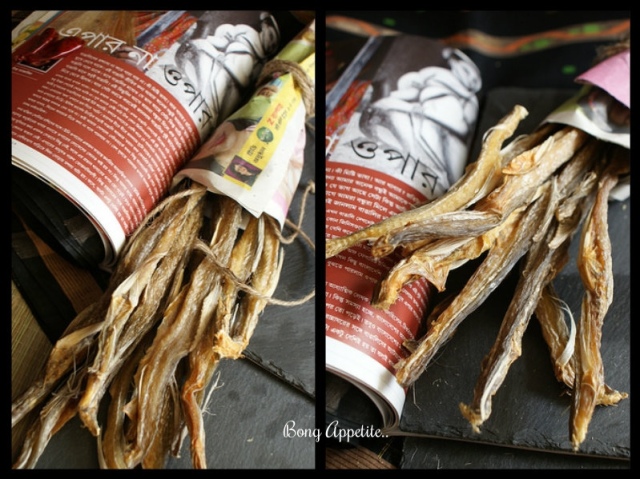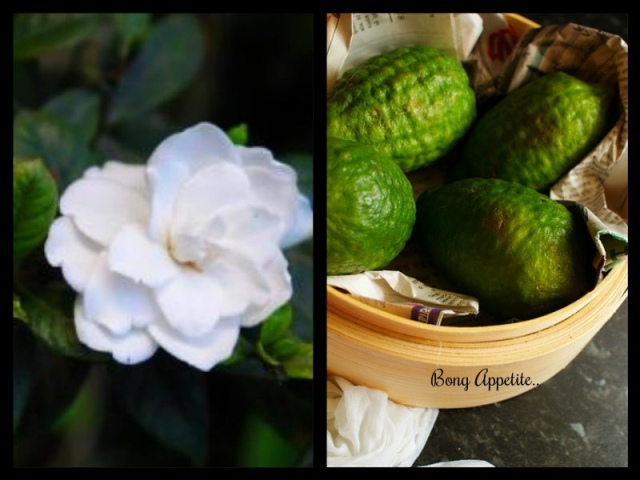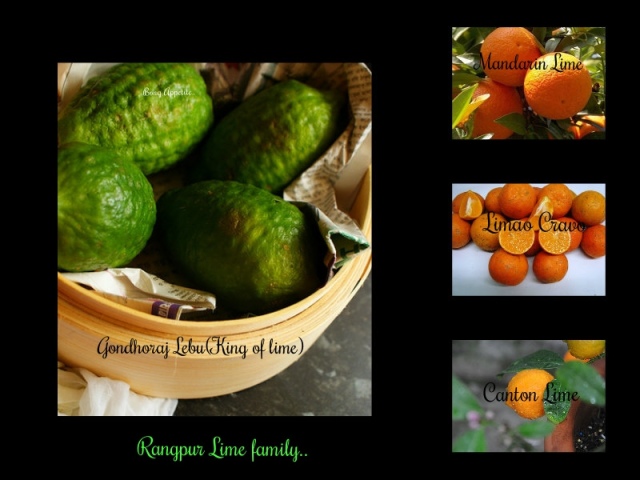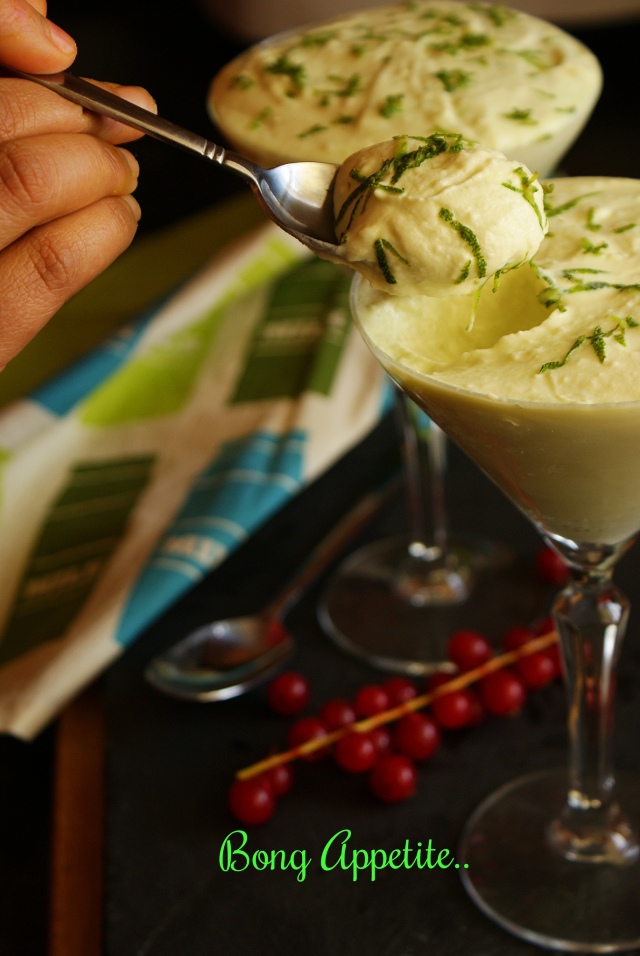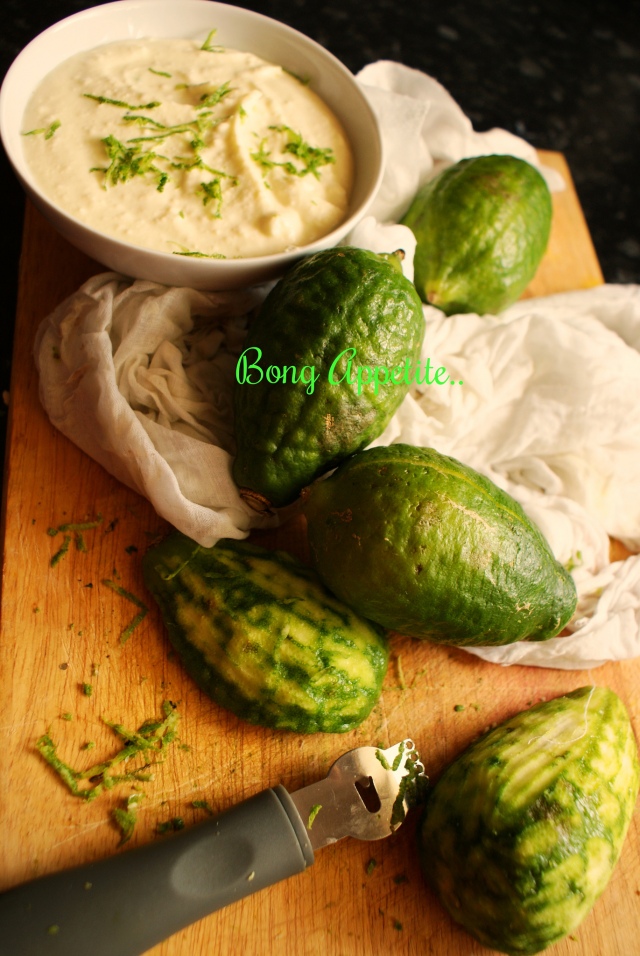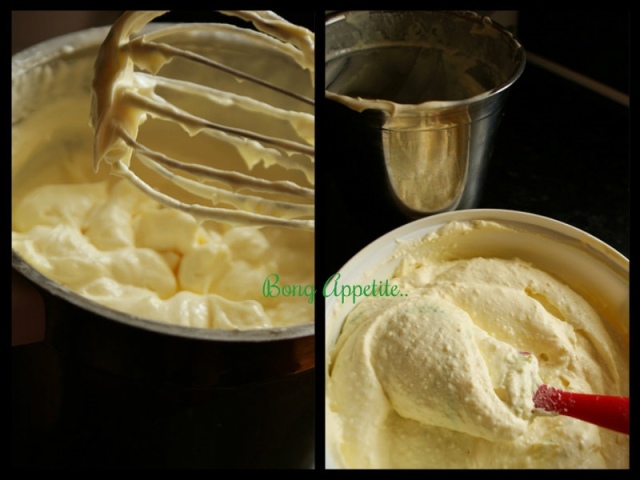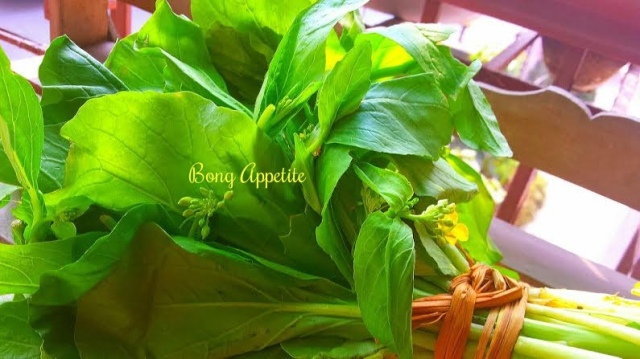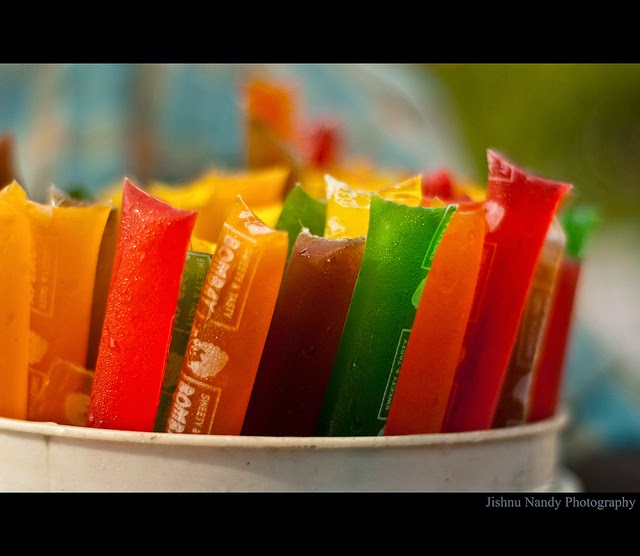While the world is busy debating about the ice bucket challenge,whether to pour a bucket of ice cold water on head or to donate money towards the worthy cause,we Bengalis have some more debates to indulge in at the moment-which Durga Pujo will get the first prize for it’s protima or which one will lead the race for it’s pandal(marquee).Yes we are back to that time of the year,when if you are a Bengali , the smell of pujo will feel your mind and soul even if you are residing as far as Brisbane or Bristol.
Once one of my collegue here in UK asked me about the scale and importance of Durga Puja in my home city Kolkata.The spirit of Christmas in UK,the madness of Tomatina of Spain,the vibrancy of Rio Carnival of Brazil,the joyfulness and urge of sharing and giving on Thanksgiving of USA and Canada could possibly sum up to mean what Durga Puja is to a Bengali.For most of us our year starts and ends with the count of Durga Puja.
As I write this post the artisans and workers are busy constructing pandals in every nook and corner of my city,while the artisans in Kumortuli are busy putting finishing touches to the almost done clay figurines.I can well imagine the mad rush of pujo buyers in the streets of Gariahat , Newmarket , and Hatibagan while the small retail shop owners are trying to make brisk business by cutting down the bargaining spree of the pujo
shoppers.A quick break from shopping means indulging in some roadside eggrolls or quenching thirst with the fizzy Thumbsup or sipping in the masala tea from the road side tea stall,before quickly going back to shopping again.After all waiting for pujo means preparations for festive days, countdown to festivities,churning out childhood pujo nostalgia and letting happiness come through the windows.
For a Bengali out of Bengal,Durga Puja is perhaps the most loved and most missed of all the festivities.UK is interspersed with Bengali communities and Durga pujas in almost every county, but the crazy fervour of five day long festivity of my homeland is perhaps nowhere to be found.The essence of waiting for the arrival of Durga pujo is hugely missed now a days. As a child my pujo countdown would ideally begin, as soon as I would see the Ekdalia Pujo Pandal,nearer to my school being constructed.With each passing day of the pandal nearing it’s completion,my joy and
happiness would increase manifold at the thought of start of the month long pujo vacation.The pujo special editions of children’s magazines would start to inundate the market by that time. As kids we had our share of worries too-which pandals to visit,what dress to wear on each day of pujo,and offcourse drawing up a list of food we would like to eat on pujo days.Luchi and chhola’r dal was ear marked for Shaptami, while Bhog -er Khichuri and labra for Ashtami ,Nabami was special with menus like pulao, mangsho and maach er paturi and off course shondesh and other sweets on Bijoya Doshomi-the last day of pujo.
Paturi is the name given to a dish and cooking method very typical and traditional of Bengal. The word paturi comes from the Bengali word ”Pata” meaning leaf.In this particular form of cooking the ingredients are wrapped in leaves and cooked in steam or by roasting the parcel on the griddle. The leaves used in paturi plays an important role in the cooking ,as the leaves when steamed enhances the flavour of the dish. Paturi can be both vegetarian and non-vegetarian depending on the choice of key ingredients. The popular paturi dishes are Prawn paturi, Bhetki-maach er paturi among the non vegetarian dishes and chhana ‘r paturi,mocha’r paturi among the vegetarian options. The leaves used in this preparation can range from banana leaf to ash gourd leaf .
Use of leaf for wrapping cooking ingredients while cooking is also common among other cultures ,other than Bengali traditional style of cooking. Thai, Parsi and Caribbean style of cooking are abound with recipes using banana leaf to wrap key ingredients being marinated in various spices. Paturi ,very simple yet versatile and rich in flavour is said to have originated in Dhaka,but now it is considered to be one of the signature Bengali dishes,being cooked on special occasions and during festivities.
Ingredients
Bhetki or any other white fish(Cod/Haddock /Pollock etc) fillets : 6
Mustard Oil : 3 tablespoon
Turmeric powder: 1teaspoon
Coconut, grated : 4 tablespoon
Salt, to taste
Green Chilli paste : 1 tablespoon
Green Chilli: 6 (split length-wise)
Mustard paste(yellow) : 3-4 tablespoon
Banana leaves ,a few
Gondhoraj lebu zest : 1 teaspoon(optional)
Method
- Combine the mustard oil,mustard paste,green chilli paste, grated coconut, turmeric powder,salt.Blend it well and generously coat each fish fillet.
- Sprinkle some zest of Gondhoraj lebu on top of the fish.This is an additional and optional step, a deviation from the original recipe. It enhances the flavour of mustard just the way chocolate does to coffee.
- Keep the fish fillets marinated for half an hour.
- Cut the banana leaves in a 8/8” square shape. Rub mustard oil gently on it’s glossy side. Lightly roast the banana leaf on the heat to make it soft and foldable. Roasting will slightly change the colour of the leaves.
- Now place one of the marinated fish fillets in a prepared banana leaf,top the fish fillet with a slit green chilli and wrap neatly to form a parcel or envelope.
- Tie the leaf envelope with a thread or seal them with wooden toothpicks.
- In the same way make 6 envelopes.
- Take a large frying pan and grease it with oil.
- Place banana leaf parcels in it and cover with an airtight lead so that steam cannot escape.
- Cook on low heat for 5-7 minutes.
- After that turn each packet upside down, to allow the other side of the fish to be cooked.
- Cook the other side of the fish for another 5-7 minutes.
- Remove the lid and transfer the paturi to a serving dish
- Serve the closed parcels with steamed rice .
- Unwrap and let the subtle smell of paturi fill your senses with joy.





















